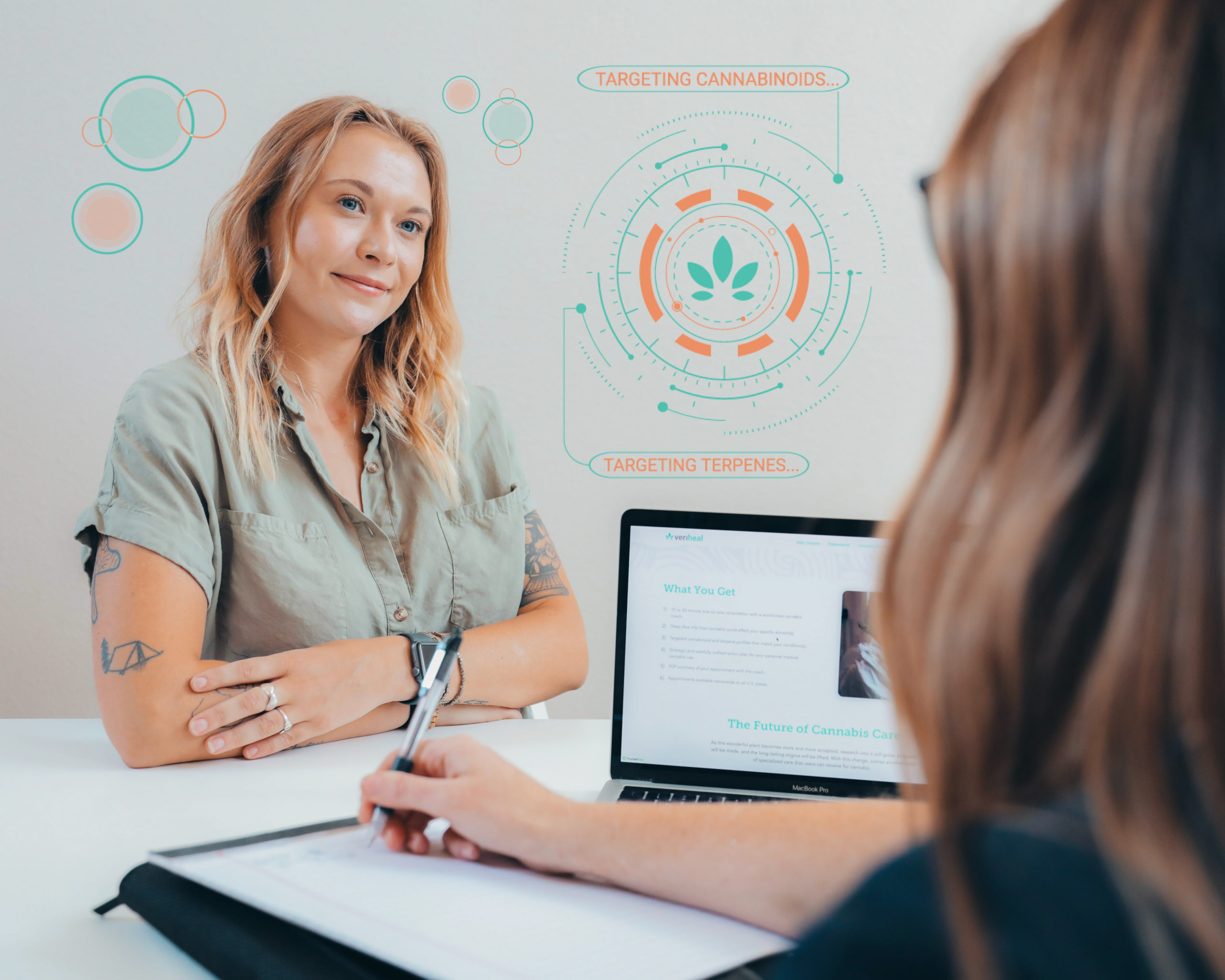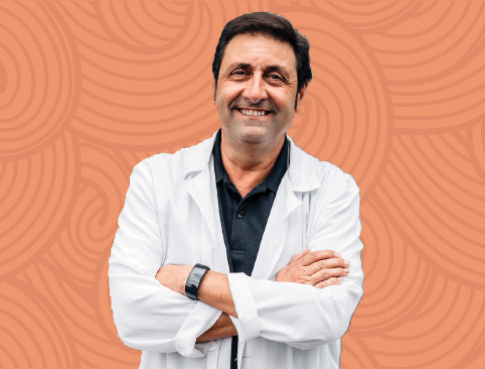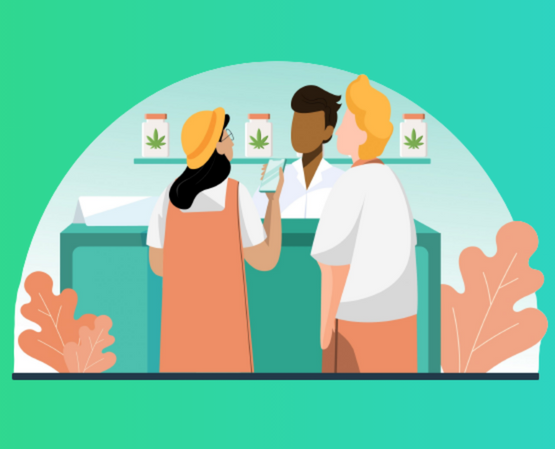Law enforcement officials in the United States are noticing a rapid rise in human trafficking infiltration throughout the illicit cannabis market. Recent raids indicate that illicit market operators are exploiting foreign victims to cultivate and trim cannabis sold in legal dispensaries.
Despite the discoveries, cannabis advocates and authorities claim that they cannot necessarily lend a helping hand to the victims since most are reluctant to admit that they are being trafficked. With that being said, most are hesitant to collaborate alongside law enforcement agencies to dismantle the plots of dealers and smugglers.
One specific raid that took place recently in California’s Mojave Desert saw the arrest of nine victims, all of whom were Chinese nationals. Each worker had ventured from New York to participate in illegal activities. Upon learning that law enforcement officials had initiated a search warrant on the isolated farm, the victims unsuccessfully attempted to escape.
Trafficked Workers on Cannabis Farm Were Living in Filthy Conditions
Although salaries were non-specified, reporters did discover that many of the human trafficking victims were lured in through Chinese websites. After discussing their ordeal, some of the workers revealed that the job listings promised in-person negotiations.
One of the workers admitted to leaving her 8-year-old son in New York while she ventured to California’s cannabis farms. The woman, who chose only to disclose her first name, Fang, claimed that she was desperate to make ends meet.
“It’s very dirty, it’s very messy,” she responded after being asked to describe the trailer where she had been sleeping.
When questioned about whether or not she had been informed of the rough conditions and job description before taking on the role, Fang said no. Based on a statement issued by the San Bernardino County Sheriff’s Department, she was faced with a misdemeanor before being released.
The same applied to Jin, a fellow human trafficking victim working at an illegal market cannabis farm in California. He entered the market as a last resort due to his financial status.
“I have no money. What hope do I have?” he told reporters.
Why You Should Get Your Medical Marijuana Card
Veriheal has satisfied millions of patients nationwide by giving them access to these benefits
- Larger purchase limits
- Peace of mind
- Enhanced legal protection
- Access to higher potency strains
- Save up to 25% on cannabis purchases
- Skip the line at the dispensary
Before entering the illicit cannabis trade, all of the overburdened workers had allegedly been employed in food establishments. After being lured in by tempting offers to make money, they ventured west, many revealing that they were keen to visit family on the East Coast once their working period had ended.
Although the workers denied being trafficked, law enforcement officials were skeptical. None received funding for their labor, and to make matters worse, they were living in overcrowded, low-quality trailers located close to the illicit grow site.
“It’s common for them to not give up any information on their trafficker, to tell us that they feel safe, because, ultimately, we believe they’re in fear of their own safety if they say anything other than that to us,” said Sergeant James Roy of the Riverside County Sheriff’s Department.
Approximately 1,000 pounds of processed cannabis was confiscated from the 25 greenhouses that trafficked workers had been slaving away at. Officials believe that the illegal grow sites generated as much as $8 million in annual revenue.
Many Trafficking Victims Were Exploited During COVID-19 Pandemic
One of the attorneys responsible for representing trafficking victims like Fang and Jin said that a big portion of his clients had been taken advantage of during the COVID-19 crisis. Xiaosheng Huang attributed the rise in cannabis industry trafficking to a lack of jobs in the hospitality industry amid the virus outbreak.
As they struggled to find work, they explored options to find fast and easy employment. With more illegal grow sites transpiring across the U.S. landscape all of the time—many of which are scattered around California, New Mexico, Oklahoma, and Washington—the nation is becoming a hotbed for illegal cannabis trading activity.
Within the space of a single year, law enforcement officials shut down almost 1,100 illegal grow sites in 1,100 locations, in addition to more than 8,600 greenhouses. A statement from the sheriff’s department confirmed that cannabis plant seizures surpassed 1.4 million, whereas concentrated cannabis amounted to 175 pounds and processed cannabis seizures amounted to 97 tons.
Illicit Cannabis Seizures in California Worth $1 Billion
In total, the estimated street value of confiscated cannabis in California exceeded $1 billion. What’s more, according to a recent statement published by the California Department of Cannabis Control, cannabis seizures that took place in Los Angeles and Riverside counties rose to more than $1 billion within the last year alone.
“This important milestone was reached through close collaboration with local, state, and federal partners and furthers California’s efforts to go after activities that harm communities and the environment, including water theft, threats of violence, elder abuse, and human trafficking to name a few,” said the director of the department, Nicole Elliott.
Considering the fact that California’s recreational cannabis program was launched in an effort to dismantle the illicit market, advocates and industry players are understandably disheartened by the spike in illegal activity. Legal buyers have been deterred by heavy costs and taxes. Just one year ago, growers could demand upwards of $1,000 per pound of wholesale cannabis. Nowadays, the per-pound price has tumbled to $300 or less.
Author, Share & Comments















